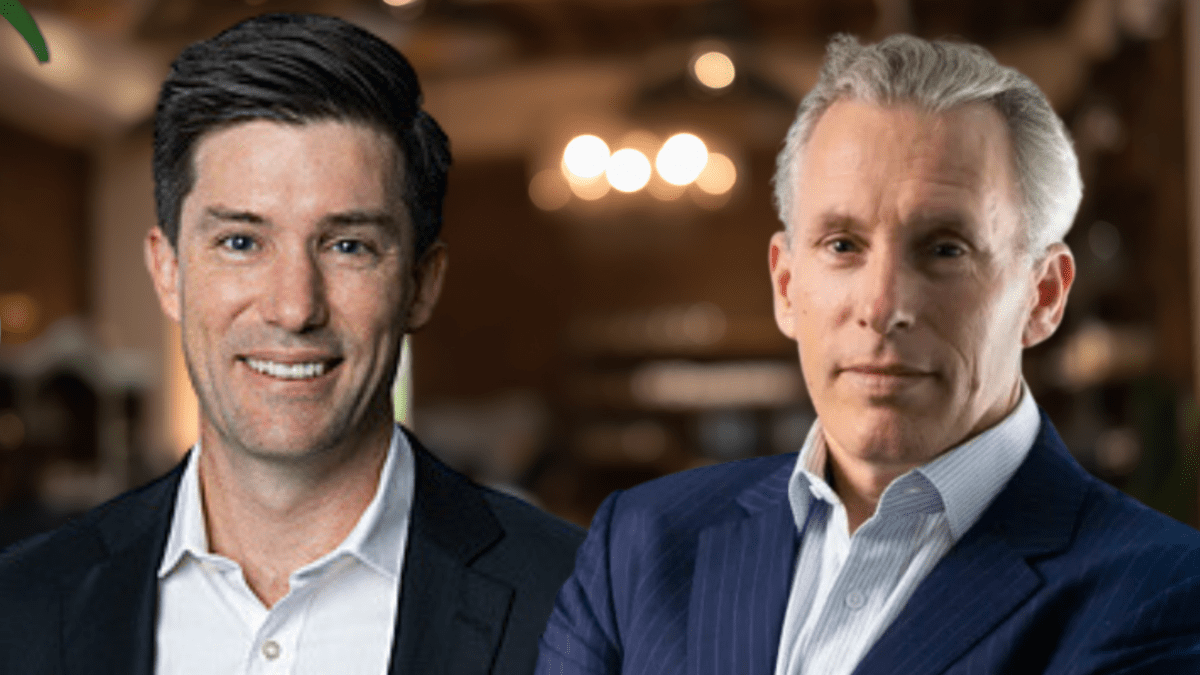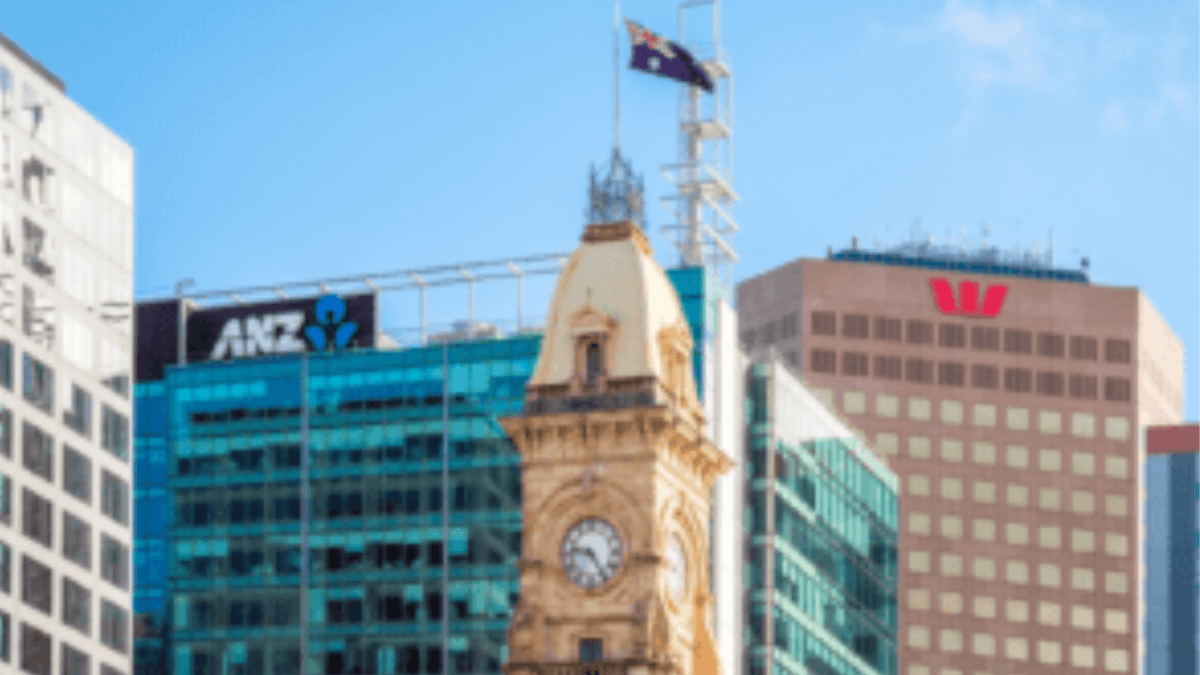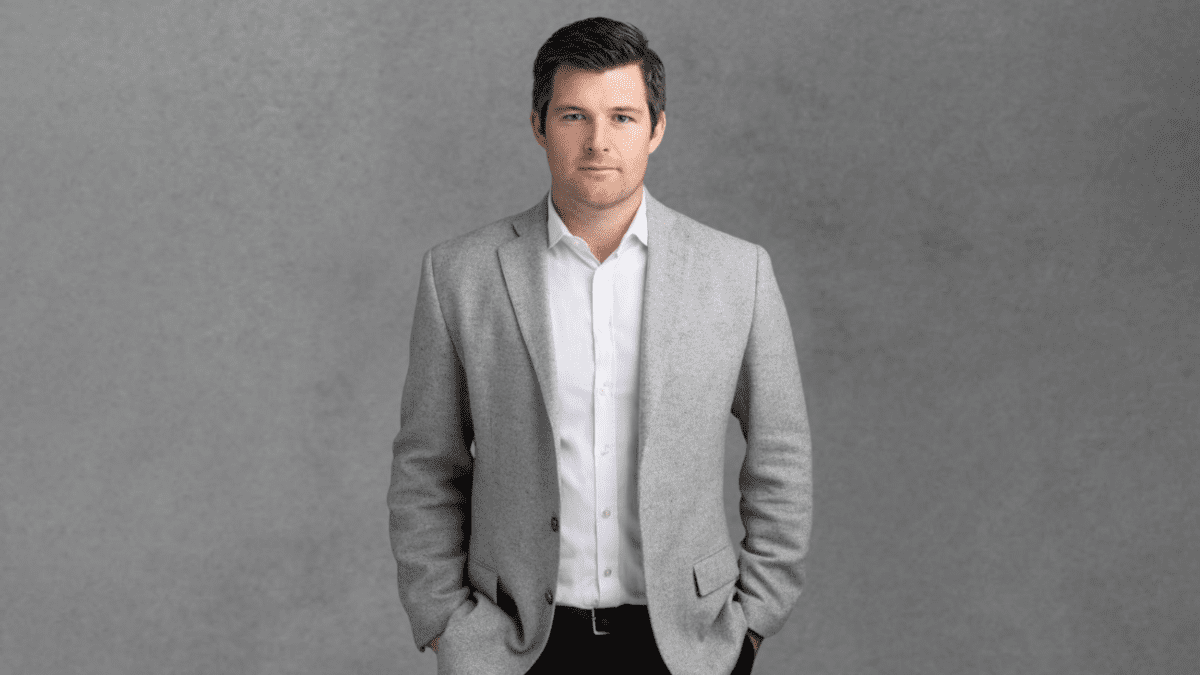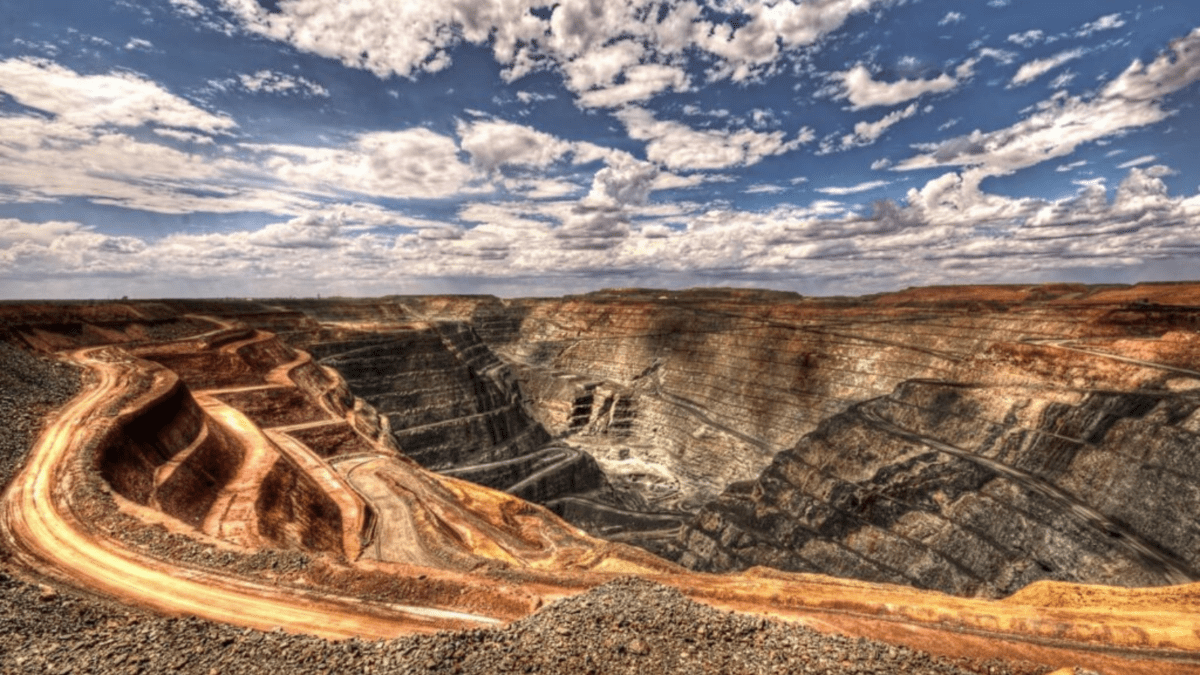As volatility dominates markets, active-vs-passive debate gains steam
The uncertain economic environment has only added fuel to the debate over active versus passive investing, with proponents of each approach arguing theirs is the best for volatile markets. While active management still prevails in Australia, passive funds are gaining ground, and whether an investor chooses active, passive or a blend of both depends on more than just performance.
The debate took centre stage at the Lonsec Symposium 2023 held May 4 in Sydney, as Cameron Gleeson (pictured, left), senior investment strategist at Betashares, and Rob Tucker (pictured), managing director and portfolio manager at Chester Asset Management, duelled over the relative merits of active and passive investing. Gleeson contended that the statistics show the debate should be easier to settle, with active managers tending to underperform their benchmark over time, and for higher fees.
“At the start of 2022, there was a lot of commentary around elevated stock valuations, higher interest rates and a possible recession, creating this stock picker’s paradise,” Gleeson said. “It was supposed to be the kind of environment in which active outperforms passive. So, what happened?”
The S&P Indices versus Active (SPIVA) scorecard, which assess the ability of active managers to outperform asset class category benchmarks across various timeframes, shows active managers as a group underperformed across all timeframes, he noted. “Only 42 per cent of active managers performed in what was supposed to be that perfect environment for active” in 2022.
Gleeson addressed some prevailing myths in the active-versus-passive debate, including the perception that active managers are better placed in a volatile market. “This is a sales narrative that sort of feels like it should be true, but it is not supported by the data,” he said. “The bulk of active managers underperformed in 2022, as they did in the 2020 COVID sell-off, as they did in the GFC.”
He also wrote off the contention that active managers can be divided into two groups – good managers, who persistently outperform, and poor managers, who consistently underperform – noting that even the better-performing managers have a weak track record in maintaining their wins.
“If you look at the return persistence data, the probability of an active manager who is in the top half of their peer group in one year remaining in the top half in year two can be roughly described as a coin toss.”
And as for the argument that that passive investing has made markets less efficient, Glesson wondered why there isn’t more evidence of active managers taking advantage of that and outperforming.
Inefficient markets and risk
To Tucker, a clear advantage of active investment management relates to inefficient trading. With very elevated market volatility, he noted, stock prices are moving more on the day companies announce results than they did two decades ago, creating opportunities for active managers able to look at a company’s fundamentals and benefit from valuation discrepancies.
He explained that in 2007, a stock would move between 1.5 and 2 per cent on the day of a results announcement; in 2003, that intraday volatility has increased to 4 per cent.
“Because there’s so much passive money, markets are less efficient,” Tucker acknowledged. “But for an active manager who’s fundamentally focussed on why they’re investing in a particular company, this can help generate alpha.”
He pointed out that financials and property make up 32 per cent of the ASX300, and materials and energy comprise another 31 per cent. “So, 63 per cent of our index is very macro-influenced either by interest rates or commodity prices,” he said. “If you’re investing in a passive Australian equity fund, you’re taking explicit macro exposure to those interest rate cycles or commodity cycles.”
“Purely active investment is about fundamental analysis,” Tucker said. “Passive lacks risk management because it’s investing in index weights and market capitalisations.
“An active manager is heavily focussed on idiosyncratic risk – operating risk, financial risk and corporate governance risk,” he added. “Where we get stuck within the passive thesis is valuation risk – there’s no such thing as valuation risk when you’re investing in the index.” He also said many indexes have inappropriate diversification, with a large concentration in too few stocks, adding portfolio construction risk.
Greater investor choice
According to Gleeson, the development of factor and “smart beta” indices means investors now have “real choice” – especially given that many active managers “are in fact closet factor investors providing exposure to the same return premia that factor indices harvest.” These funds often have “incredibly concentrated” portfolios, he said, with substantial risk that will increase as the “tide turns against growth” in 2023.
And Gleeson said outperformance by quality-style active managers is attributable to their broad exposure to quality as a factor, rather than from any “stock-specific bets they’ve made within the global universe of quality companies”.
“Once we account for quality, there is no remaining statistically significant alpha, so why pay more when you get something cheaper in a passive product?” he said.
“Don’t believe the sales narrative about active in volatile markets; look at the data. We often find that volatile markets are in fact when passive funds really earn their stripes.”










